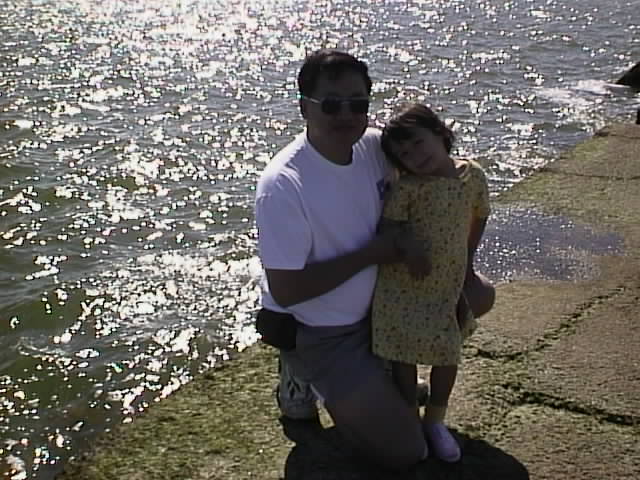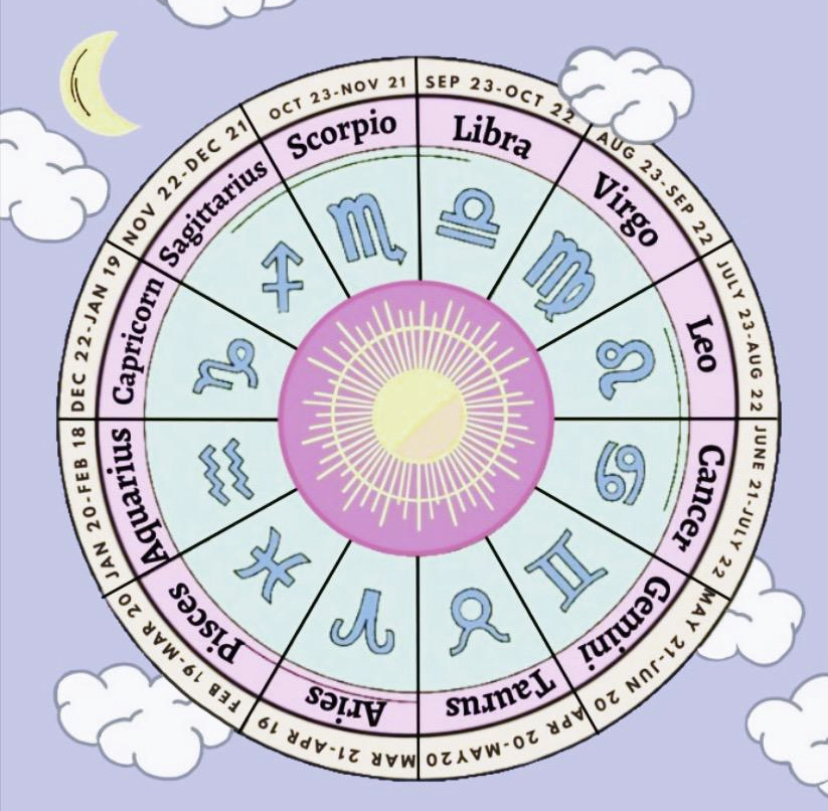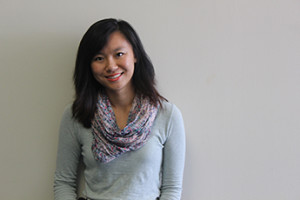There are some things she can remember clearly about him. When she could not sleep at night, he would sing “You’ll be in my heart” by Phil Collins from the Disney movie Tarzan. He used to take her to Galveston Beach to swim. He taught her music. Most of all, he was her loyal companion to the very end.
When she hears cello music, she thinks of her cousin, of the time they spent together and the memories they shared. For senior Kayleigh Pao, music is both a source of pain and comfort. Inspired by her personal experiences, Pao would like to become a music therapist.
In Jan. 2010, Pao’s cousin Jonathon James III was ambushed and killed on base in Afghanistan. James was a member of the U.S Air Force. According to Pao, James was like the older brother she never had. Losing him led her into seeking help in the form of music therapy.
“I turned pale and a lack of sleep caused my eyes to be bloodshot and huge bags underneath them,” Pao said. “When I did sleep, I had constant nightmares about the accident. I only left my bed to use the restroom. Tears fell from my eyes all the time; I would only stop for a few minutes and then start again.”
James graduated from James E. Taylor High School in 2001. He was a member of orchestra and played on varsity football during his years there. But he was also a dedicated older mentor to Pao. James greatly influenced Pao in terms of musical interest and as a result, she is currently a member of orchestra and is a violinist.
“But he had a huge part in my musical involvement,” Pao said. “I went through about five different instruments before I decided on the violin: cello, trombone, tuba, harp, and finally violin.”
Music therapy is a form of expressive therapy. Therapists will work with their clients, combining both talk therapy and music in sessions, in order to test their clients reactions and work with them accordingly. Since she was a musician, Pao’s music therapist worked with her on the violin—using the instrument as a form of expressing her emotions after her cousin’s death.
“If you’re a musician like me, they mostly try to work with you in the field of your instrument,” Pao said. “Like listening to music played by a violin or giving you a song to play that might make you happier or do the best to cry as much as you can or want. Jonathon was actually a cellist, so my therapist played cello music for me to cry and remember memories we shared.”
Through the use of various instruments and songs, therapists test the strengths and needs of a patient in order to evaluate what type of treatment their client will need. In a sense, music is a form of communication that can be helpful for patients who have difficulty with expressing themselves verbally.
“Sessions are completely different every time,” Pao said. “However, first sessions are very similar among hospitals and private practices. They bring you in and ask you a lot of questions about yourself and whatever put you in therapy. The therapist needs to pay attention to every little detail about you and the incident. Often times they’ll play a short song and test your reaction to it. But the first session is always many questions and much observations by the therapist.”
Through her own personal experience, Pao was inspired to help others. Combined with her musical background and experience with music therapy, Pao had found her life’s calling: to become a music therapist.
“At the time, I didn’t really know what it was, but I went anyway and right after my first session I immediately knew what I wanted to do with my life.”
In the fall, Pao plans to attend Sam Houston State University. She hopes to use her passion for music to help others in need.
“Music therapy means to me like contributing my utmost abilities to a society that might need them and doing what I love most for a living,” Pao said. “My music therapist those couple years ago changed my life from the moment I met him and when I become one myself, I will forever see myself in my patients: getting them through times of turmoil and physical handicap.”
Retraction: On the print edition of the County Line, the headline incorrectly identifies senior Kayleigh Pao as a cellist, not a violinist.




